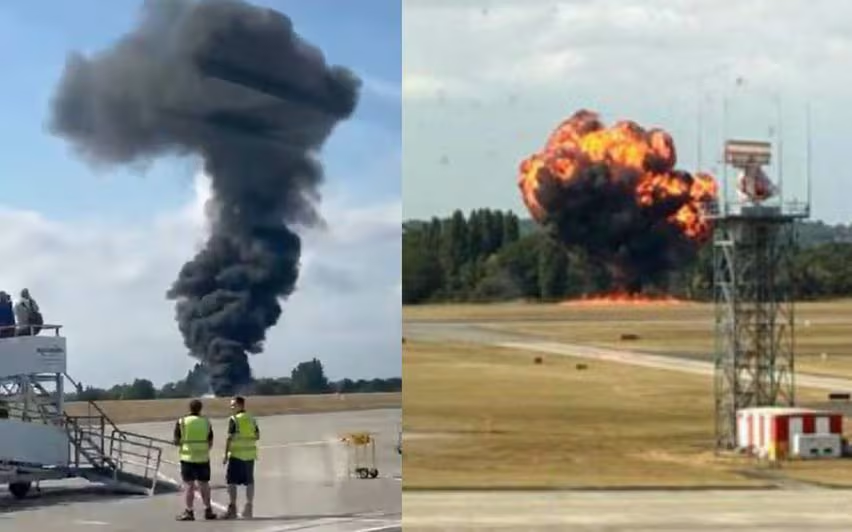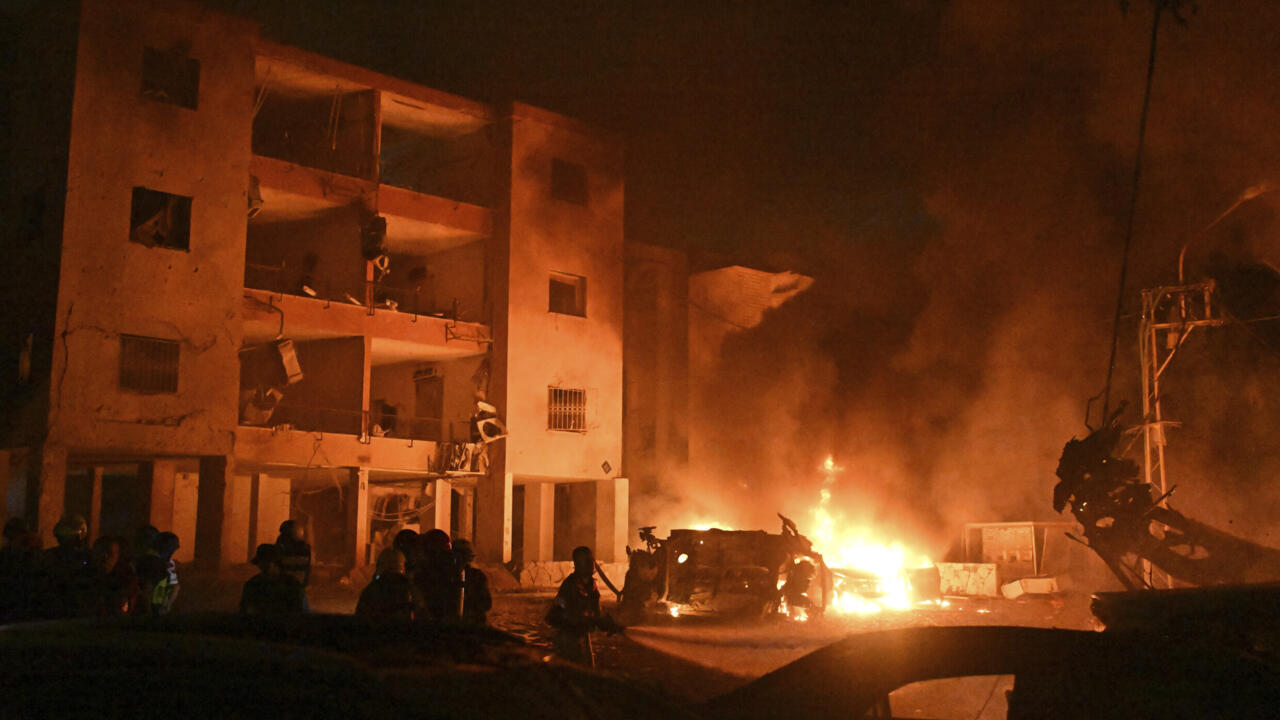A Beechcraft B200 Super King Air, a small medical transport aircraft, crashed shortly after taking off from the runway at Southend Airport on Sunday afternoon. After a short period of time, the aircraft banked to the right, flipped over and crashed head-on, sending a huge fireball into the air — a scene described by witnesses as a “massive fireball” explosion.
Date and time: July 13, 2025, ~4pm (local time)
Location: Southend is an air and tourism hub in east London, approximately 72km east of central London
Eyewitness accounts
John Johnson, a customer, thought he was going to have a great day with his family, but within three or four seconds of taking off the plane banked to the right and crashed into the ground in an inverted position. He said:
“It took off and about three or four seconds after taking off, it started to bank heavily to its left, and then within a few seconds… it more or less inverted and crashed just head first into the ground.”
He also recounted the incident:
“We all waved at the pilots, and they all waved back at us.”
Another eyewitness, Dan Hill, said: “I saw a big ball of fire out the window… I’m still shaking, I’ve never seen anything like it.”
Emergency response and rescue
The emergency was declared at ~3:58PM (3:58pm) at the time of the incident.
Four fire engines, several ambulances, a hazard area team, an air ambulance, etc. were active to quickly rescue the injured. The nearby golf club and rugby field were evacuated for safety reasons. Local MP David Burton-Sampson said: “Please refrain from going there… my thoughts are with everyone”
Aircraft and passengers
The aircraft, operated by Zeusch Aviation, arrived in the UK from the Netherlands via Croatia; then was on its way back to the Netherlands.
The aircraft was classified as ‘medical transport’, meaning it was likely transporting patients or medical supplies.
The aircraft was about 12 metres long and had a capacity of nine passengers and crew. However, the total number of passengers is not yet confirmed.
There are no reports of casualties or injuries; the rescue and investigation are ongoing and it is still unclear whether there are any survivors.
Airport and operations
Southend Airport was immediately closed following the accident; all flights were cancelled or diverted to other airports.
Four EasyJet flights were cancelled; passengers were given the option of refunds or rebooking.
Law enforcement, fire services, the Air Accidents Investigation Branch (AAIB) and other agencies were involved in the rescue operation.
Possible causes and investigation
The exact cause of the accident is not yet known; however, the aircraft banked to the right at the start of the flight and went into an inverted position, causing it to crash head-on.
The AAIB is collecting information about the air crash and will examine in detail what caused the right bank and what kind of signals or problems the pilots felt.
In addition, whether there was an engine or hardware malfunction, the pilots’ experience or sequence will also be looked at.
Overall reactions and thoughts
- Blood, not water — the fireball and smoke left witnesses in agony.
- The pilots’ ‘handshake’ resemblance to a human touch is like a dream, therefore the tragedy of this incident is even more tragic.
- Local MPs and the public call for a quick rescue — active community sympathy in the event of a collision.
- The attention to the aircraft’s injuries at the administrative level and the response of the flight support system were rapid.
- Some media sources said the incident had spread a ‘fireball explosion’ heartbreaking scene.
Future steps
The AAIB report will provide more reliable information about the cause of the accident, which will strengthen the aviation safety system. If the cause of such accidents is discovered, it will be possible to take preventive measures.
New plans can be adopted for airport security and unexpected flight emergencies.
Coordination with airport authorities and airlines will be increased to rescue passengers and verify the extent of damage.
It is also noteworthy to introduce psychological support for families and passengers after the accident.
Conclusion
The London Southend plane crash is a heartbreaking incident that proves: the risks are in the changing environment, mechanical failure, aircraft operation and other emergency factors. However, the rescue work, administrative response, and investigation process — all of which were started immediately, made it possible to control the situation.
It is necessary to emphasize new rules, technology and safety measures to prevent such accidents in the future. Such incidents should be taken as a source of invaluable learning and to improve aviation safety.



